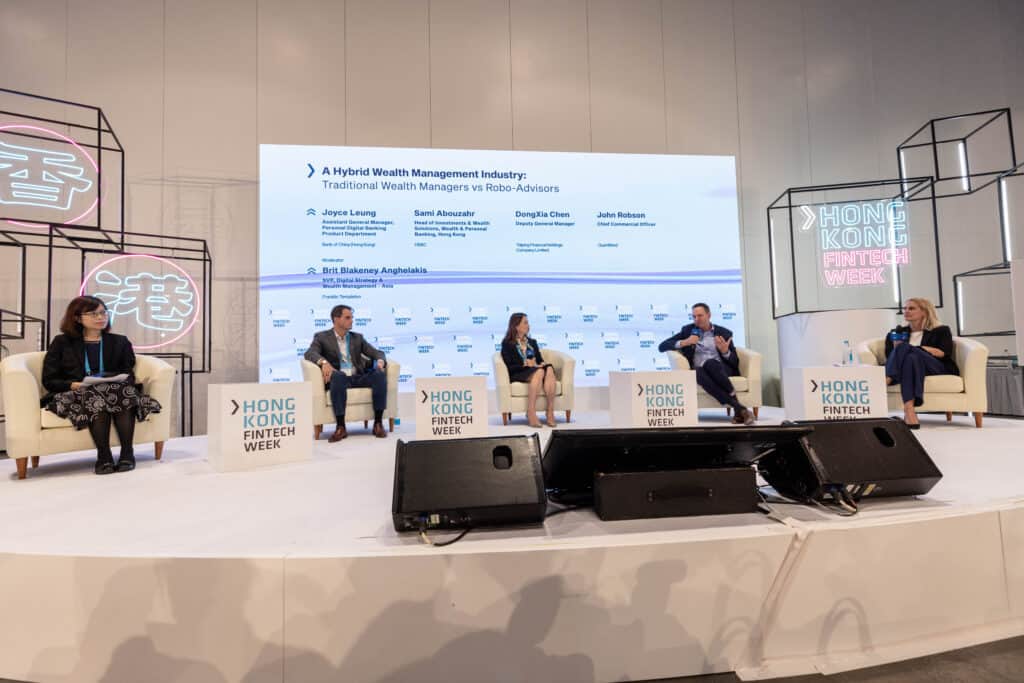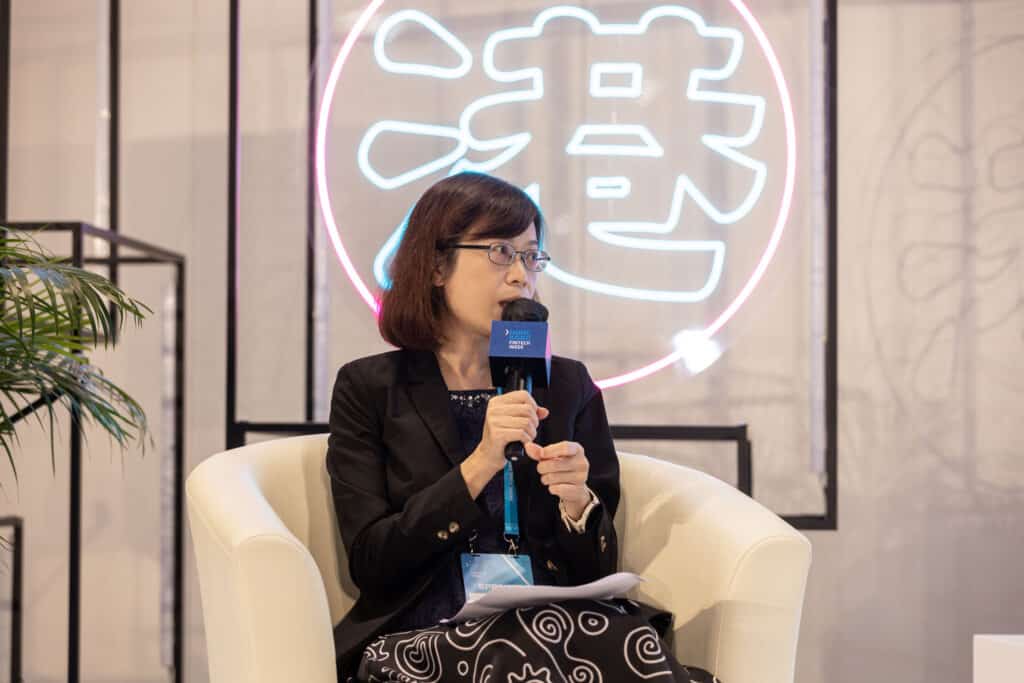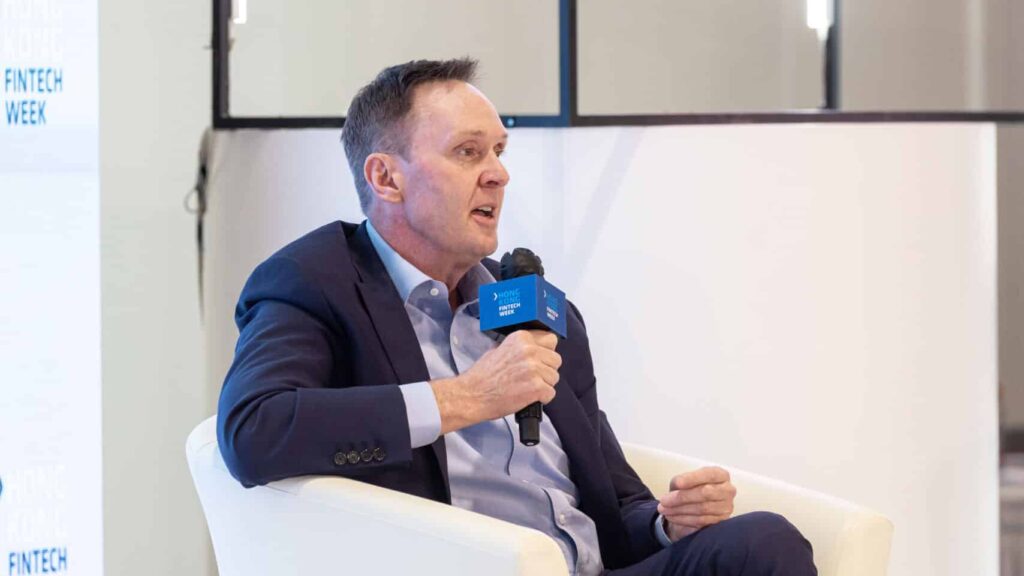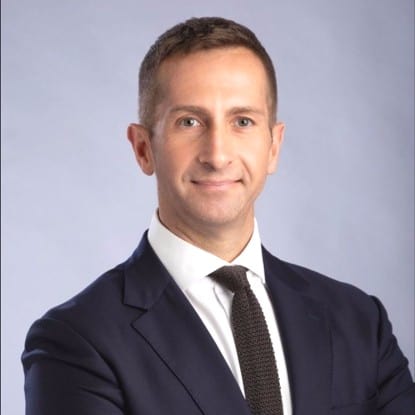Four leaders in the wealth management industry came together at the Hong Kong FinTech Week 2022 on 1 November 2022 to discuss a hybrid wealth management approach and to answer the question on whether robo-advisors will replace traditional wealth managers.
The panel, moderated by Brit Blakeney from Franklin Templeton, saw Sami Abouzhar from HSBC, Joyce Leung from Bank of China, Jessie Chen from Taiping Financial Holdings Company Limited, and John Robson from Quantifeed come together to shed light on the topic.

Digital Wealth Management- Friend or Foe?
The myth that digital wealth management is targeting traditional wealth managers is old. John Robson, Chief Commercial Officer shares, “Quantifeed has launched digital wealth management solutions for many banks in Asia. Many of the platforms we’ve launched have been for direct-to-customer solutions and tools to increase productivity and efficiencies for advisors”.
Panellists agree that digitising wealth management has helped banks to reach and service customers who prefer a digital approach to wealth management. Joyce Leung, Assistant General Manager, Personal Digital Banking Product Department shared, “We take a hybrid wealth management approach at Bank of China. We utilise robo-advisors for our younger investors but still mobilise our advisors to service our customers who want more complex products. We have a big segment of customers who prefer to see their advisors”.
Technology and Innovation Closes the Wealth Gap
Robo-advisors lower the barrier of entry for many investors. This means more customers can get access to wealth management advice and be guided into a professionally managed portfolio. Sami Abouzhar, Head of Investments and Wealth Solutions, Wealth and Personal Banking added, “This is a big space that’s untapped. There’s not enough wealth management done by customers globally and there’s lots of space for collaboration between banks and FinTechs to help everyone achieve their financial goals”.
Data shows that the average investment amount per customer starts at 20,000 dollars. John Robson shares, “Servicing customers at this entry point is costly, but capturing them at that stage by providing advice and helping their assets to grow as they progress into retirement is the beginning of a great relationship! It is the start of a long term journey. The only way to do this is having scalable business model and we achieve this through technology and innovation”.
When customers transition from one stage of life to the next, banks need to keep their services relevant. Having a unified platform that underpin a variety of services can support customers through this transition. Jessie Chen, Deputy General Manager shares, “I think technology makes it easier to get to know our customers. We offer financial education to all our customers through our platform. This helps with hyper-personalisation when it comes to offering our products and services to them”.

Digitalisation Helps Wealth Managers to Tackle Client Challenges
There’s still a fear that digitalisation and automation will take jobs away from advisors and relationship managers. However, the panellists agree it’s not the case. Joyce explains, “Digitalisation has completely changed our communications. It’s much easier now. Sharing investment information and market trends and updates with our customers have been simplified and quickened. Our chat function enables our advisors to offer help and support to investors anytime, making their lives much easier.”
The role of any advisor is clear. The biggest challenge of the advisor-led model is that they only have a finite amount of working hours to service their customers. The right technology can help advisors to service their customers better and quicker. Client engagements can be enriched when advisors have the right digital tool to compare portfolios or perform portfolio healthchecks in real time. John adds, “Digital wealth management technology is often assumed to only be for customers, but it can also empower and improve the quality of service provided by advisors”.

Hybrid Wealth Management is the Way Forward
There is so much more development in store for the wealth management industry. A common point panellists brought up was integration. A seamless connection between human advice and technology, fluidity of services and offerings between channels, and cross-sector integration. Panellists agree that technology in wealth management is seen and treated as an enabler. A catalyst.
Robo-advisors add value to customers and generate better results at a lower cost. Joyce shares, “With the right know-how, technology can help banks to be the first point of contact for any of our customers’ financial need. We would like to partner companies from different industries and integrate with them so that we can be there for the customer from the very beginning”.
For decades to come, customers will still want a human advisor to service them. John shares, “With technology, we are able to offer a choice to customers on the extent of services they require. From automated portfolio management to personal wealth advisors who are digitally equipped to service you better. Quantifeed is confident that it will help customers reach their financial goals through a hybrid wealth management approach”.

Keen to know more about Quantifeed’s solution for advisors? Click here or get in touch to learn more! For more information on Quantifeed, follow us on LinkedIn. Sign up for our newsletter below to keep up to date with the latest news on digital wealth management in the region.

































